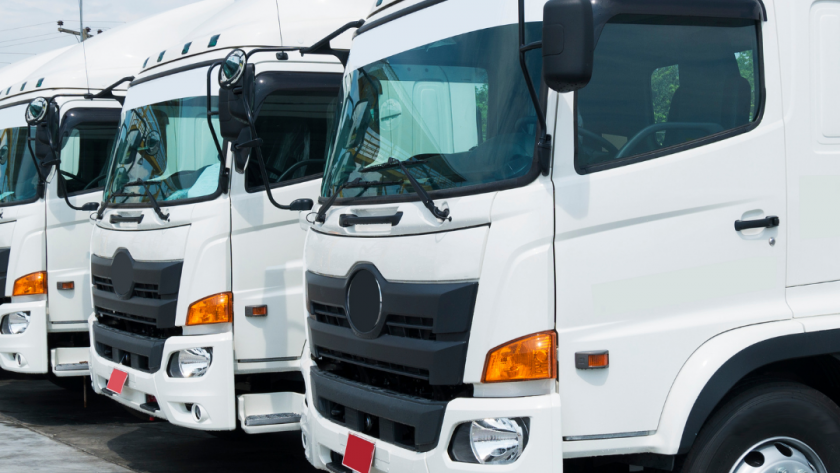It’s been a trying year for haulage and shipping firms. On the one hand, there’s been a pandemic that has ravaged supply chains and rendered ordinary shipping costs and times obsolete. And on the other, there’s inflation and economic upheaval, which is constantly shifting the goalposts for haulage firms worldwide. Add to these accidents, injuries, and collisions within your fleet, and you’d have the perfect storm of mishaps. So, while supply chains and the economy sort themselves out, here are tips to help keep your fleet safe on the roads in 2022.
Monitoring Risks
One of the tasks that newly qualified truck drivers have to complete is a hazard or risk assessment. They’ll be shown videos from the driver’s cockpit, and they’ll be asked to spot whether there’s a potential hazard coming up on the road. The idea behind these tests is to help drivers remain vigilant during their long drivers, avoiding accidents or incidents.
But human error often creeps into the picture. That’s why technology firms have developed a helping hand in the form of hazard-monitoring systems. You can check out the latest tech on offer by visiting iLink Fleet Solutions, where you’ll learn how these systems spot everything from lane-drift to an approaching cyclist – helping keep an extra pair of eyes on the road at all times.
Experienced Drivers
Even the most promising new recruits to trucking will still be ignorant of the kinds of risks and hazards that experienced hands have encountered all too often. There’s an element of learning on the job involved with trucking – but if that learning ends in a collision, it can end up costing you cash.
So, the tip here is to consider hiring drivers with a little more experience under their belts, as well as newly qualified rookies. You might have to pay slightly higher rates to retain this experienced talent, but they will pale in comparison to the high fees associated with road accidents. Hiring experience might mean poaching employees from other companies – something that you’ll be able to do if you can offer them higher wages and better benefits.
Better Vehicles
While experience matters when it comes to the people behind the wheel, the chassis and engine in front of it will become more dangerous over time. That’s a matter of simple mechanics, with more natural wear and tear making everything from the brakes to the tires less optimal for safe driving.
Most fleets operate with a mixture of new vehicles and older models. If you’re looking to improve the safety of your entire fleet, then you should try to make that ration heavier on the new side than the used side. Another way to protect against incidents on the road is to put your most experienced drivers in your oldest vehicles. That way, any potential fault will be less likely to result in an accident.
Make your entire fleet a safer unit of drivers and vehicles with the tips outlined above, all of them easily achieved by those who are willing to invest in safety, security, and longevity.



